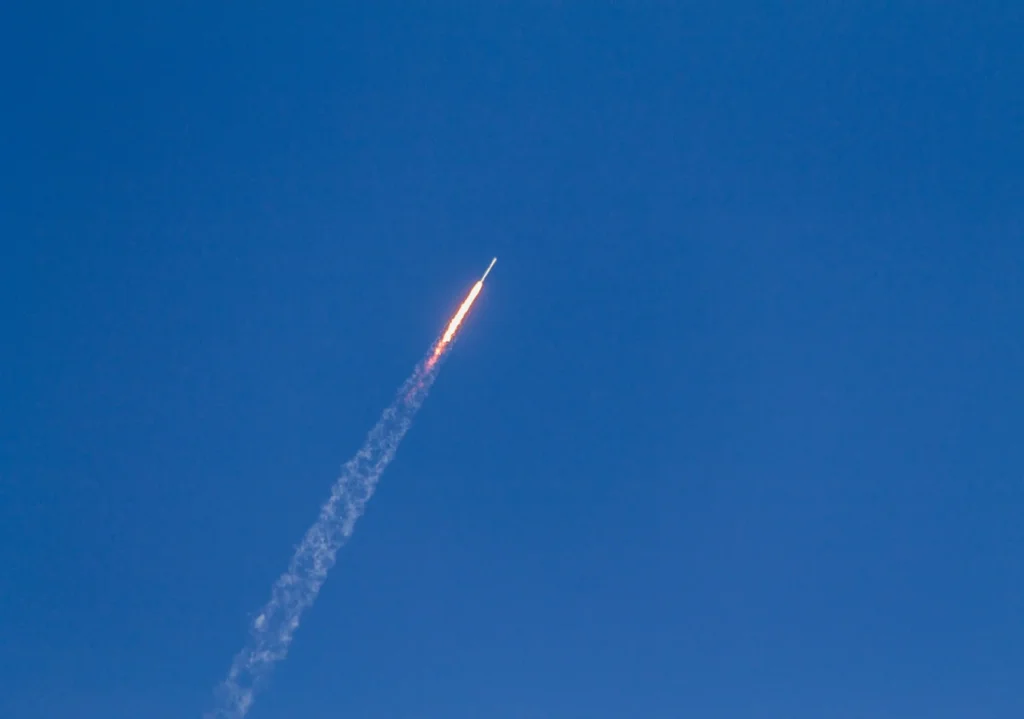The US Department of Defense secretly launched a missile from Alaska’s state-owned Pacific Spaceport Complex on Kodiak Island last Thursday. The launch occurred around 10 p.m., surprising residents across the Kodiak Archipelago and reaching visibility as far south as Seward.
KMXT-FM public radio and the Kodiak Daily Mirror first confirmed the event, reporting road closures and navigational warnings before the launch. Experts noted that the launch resembled an Alaska hypersonic missile test designed to travel at five times the speed of sound.
Unlike traditional ballistic missiles, hypersonic weapons can manoeuvre mid-flight, making interception by modern defence systems far more challenging for adversaries. Several countries, including the United States, continue developing hypersonic technology, viewing it as a decisive advancement in future military capabilities and deterrence strategies.
Alaska Aerospace Corporation, which operates the Kodiak facility, confirmed a successful government rocket launch without disclosing its purpose or classification details. The corporation emphasized that Kodiak residents should feel proud, highlighting their community’s significant role in advancing America’s national space and defense programs.
Since 1998, the Kodiak spaceport has hosted 35 launches, reflecting a growing contribution to the US space and defence sectors. John Oberst, president and CEO of Alaska Aerospace, acknowledged transparency remains a priority, but military operations sometimes limit public disclosure.
Observers recalled 2021, when the Department of Defense attempted and failed to launch a hypersonic missile from Kodiak twice. Dutch research scientist Dr. Marco Langebroek analyzed navigational warnings linking them to a three-stage missile test toward Kwajalein Atoll, Marshall Islands.
Four years earlier, US Army documents revealed intentions to conduct hypersonic tests from Kodiak, echoing last week’s launch preparations and warnings. Past failures stemmed from booster malfunctions preventing hypersonic weapons from achieving proper altitude, but the recent test appeared significantly more successful.











